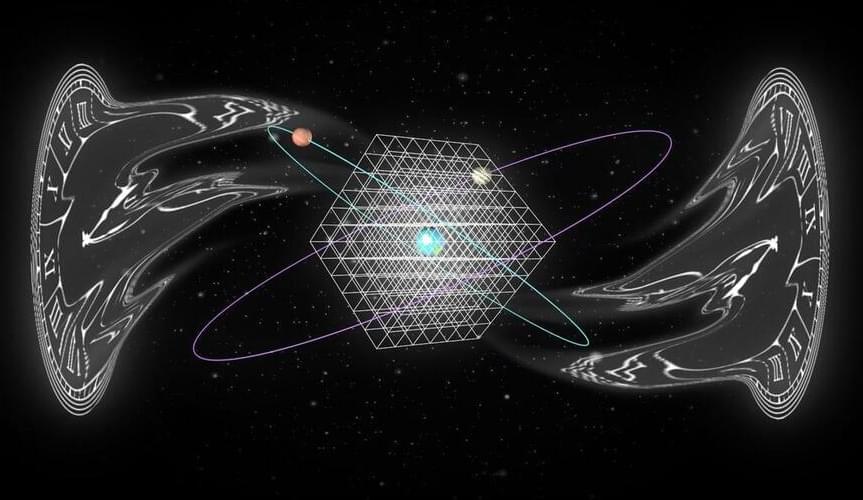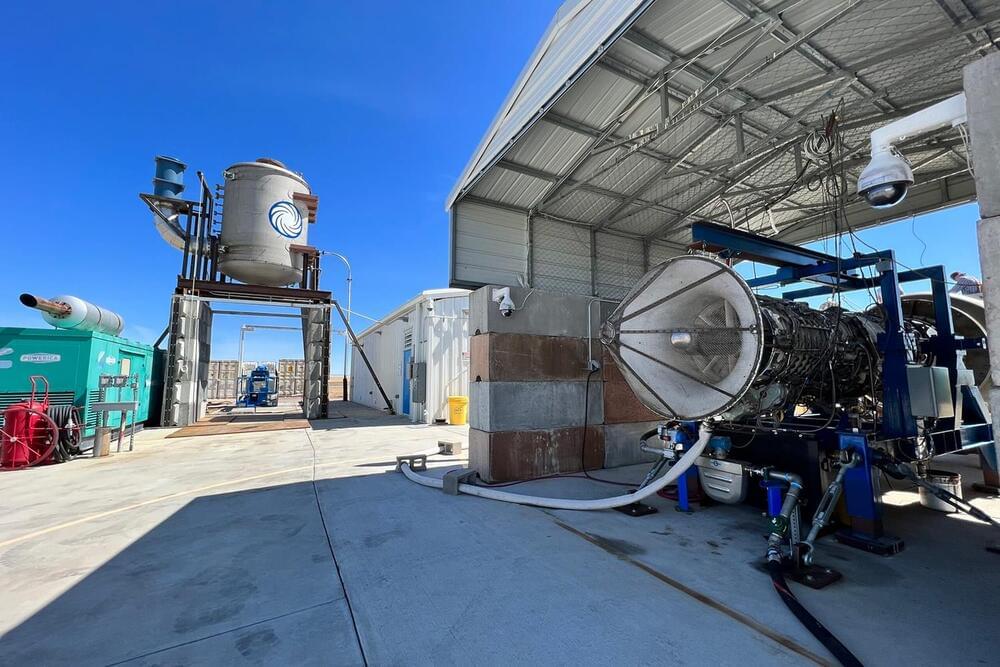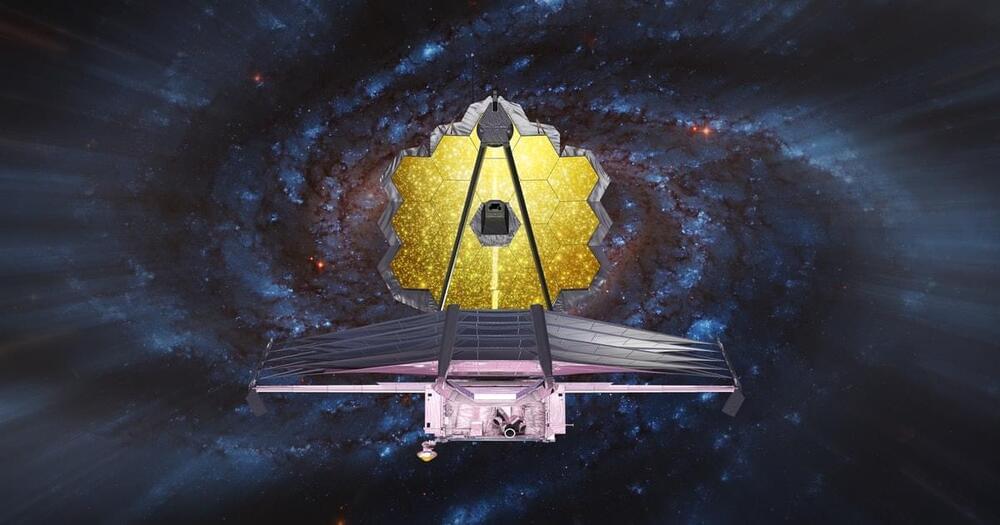Jul 11, 2022
The building blocks of life were discovered floating at the center of the Milky Way
Posted by Genevieve Klien in category: biotech/medical
Scientists have spotted the building blocks of RNA at the center of the Milky Way. They published their findings in Frontiers in Astronomy and Space Sciences. According to the study, the researchers discovered some of those building blocks in a cloud that lies near the center of our galaxy.
The team of researchers discovered the building blocks of RNA in a molecular cloud known as G+0.693–0.027. The discovery, they say, could have implications on the theories about how life on Earth began. It could also shed more light on how life on other planets began, too.
RNA, or ribonucleic acid, is a molecule similar to DNA. It’s present in all living cells and even behaves similarly to the more well-known double-helix. Unlike DNA’s double-strand, though, RNA is only made up of a single strand. Its overall part in the origin of life is unclear. But, there is some evidence the building blocks of RNA could have preceded DNA.


















